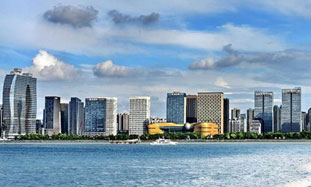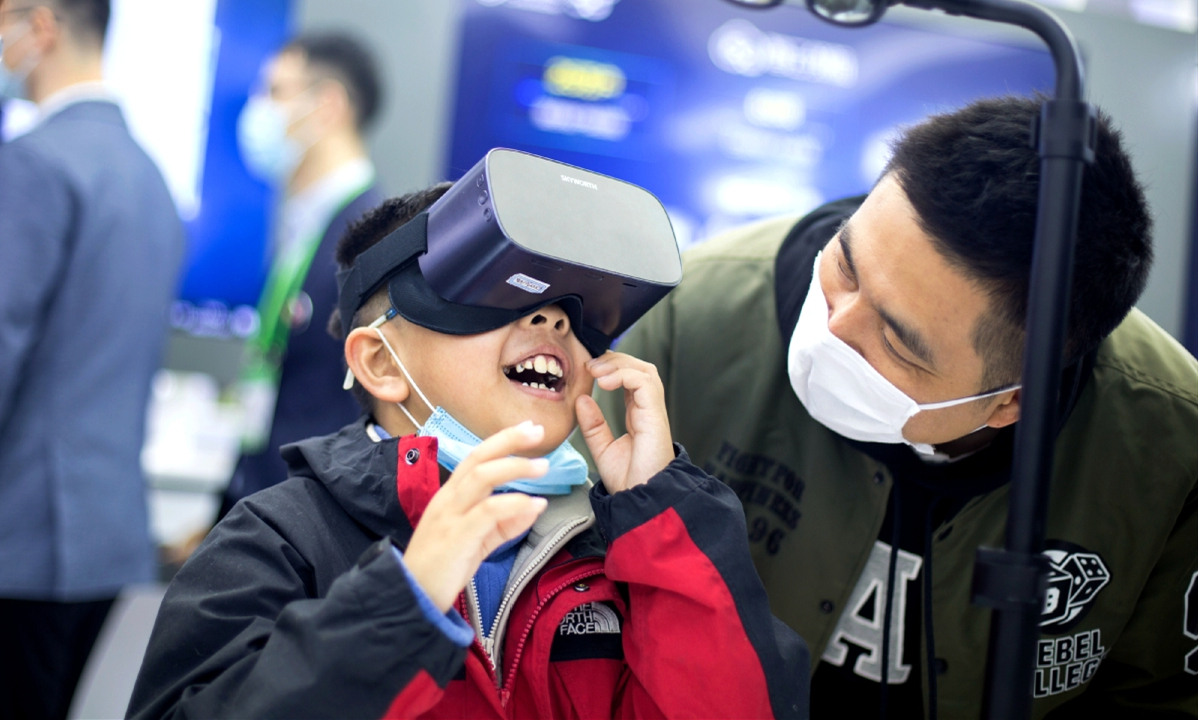Governor reveals 7 Zhejiang 'name cards'
5. Opening-up of ports
Zhejiang established Zhejiang Provincial Seaport Investment & Operation Group Co in August 2015, and later, Ningbo Port Co and Zhoushan Port Co merged to become Ningbo-Zhoushan Port Group Co, with the aim of boosting the integration of port resources.
In 2017, Ningbo-Zhoushan Port became the world's first to have a total cargo throughput of 1 billion tons in a single year. The port's container throughput ranked fourth in the world.
In response to the ports, the China (Zhejiang) Pilot Free Trade Zone began operating in April 2017 and a series of important projects, such as the Boeing Completion and Delivery Center, were established in Zhejiang.
In the coming years, Zhejiang will highlight the Belt and Road Initiative and the building of an open province. It will promote the continued development of Ningbo-Zhoushan Port, the Yiwu-Ningbo-Zhoushan corridor, pilot zones for cross-border e-commerce, and the eWTP trade platform. The province will seek to integrate seaports, land ports and airports to create a new model for comprehensive opening-up.

With the loading of a container onto the "Mary Maersk" ship on Dec 27, the cargo throughput at Ningbo-Zhoushan Port reaches 1 billion tons in 2017. [Photo/zjol.com.cn]
6. Cultural soft power
Zhejiang is a time-honored region with a long history and profound culture. It was home to many famous historical figures, including He Zhizhang, Lu You and Lu Xun. It is also the birthplace of Shangshan Culture, Hemudu Culture and Liangzhu Culture, and developed many traditional industries such as silk, tea and celadon.
West Lake, Jianglang Mountain and the Grand Canal are UNESCO World Heritage Sites.
Nearly 8,000 cultural halls have been built around the province, providing rural people with places to carry out cultural activities.
The province plans to give free rein to the "Red Boat Spirit" and Zhejiang spirits. It will promote core socialist values and strengthen people's appreciation of culture. Emerging cultural industries, including film and creative design, as well as the development of the Grand Canal belt, will also be major focuses of Zhejiang's cultural development.

The cultural hall in Haixing village of Ningbo city is a traditional Chinese-style architecture. [Photo/cnnb.com.cn]
7. Coordinated development of urban and rural areas
The coordinated development of urban and rural areas has been a strong focus of Zhejiang province.
In 2017, Zhejiang's urban-rural income ratio was 2.05:1, one of the narrowest gaps in the country.
Public buses now extend to every village in the province. Rural residents are also able to enjoy quality medical services and elderly care.
Zhejiang stresses a people-centric philosophy and focuses on the improvement of people's livelihood. It will strive for rural vitalization and improve the institutions and mechanisms for comprehensive integrated urban-rural development.

 Print
Print Mail
Mail
 20 Cultural Symbols
20 Cultural Symbols Why Zhejiang
Why Zhejiang Experiencing high-tech products at WIC
Experiencing high-tech products at WIC Zhejiang Release
Zhejiang Release Zhejiang News
Zhejiang News